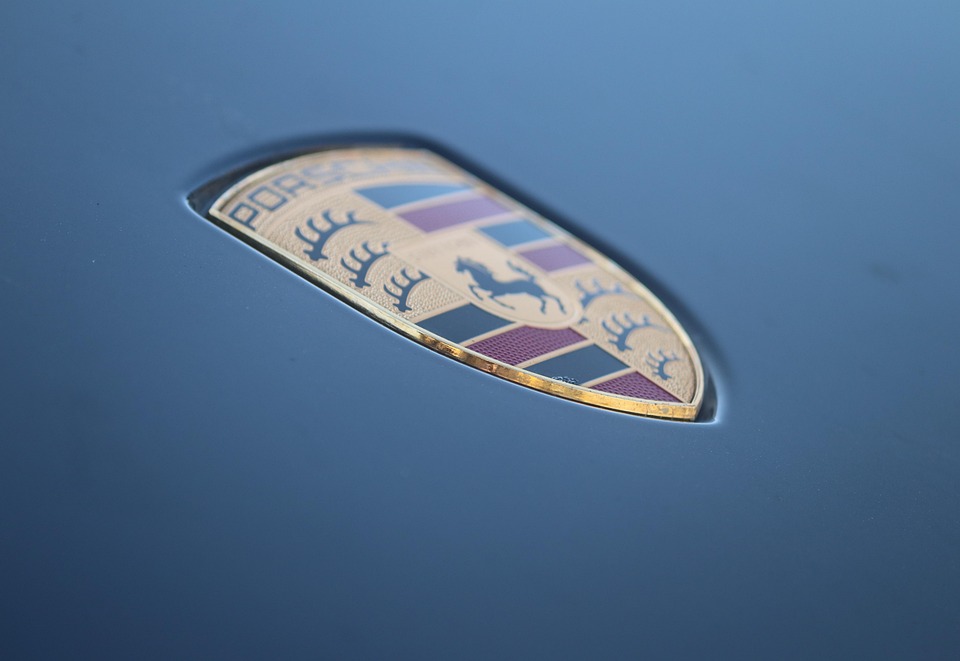Safety First: Innovations in Vehicle Safety from Top Automotive Brands
The automotive industry has long been dedicated to enhancing vehicle safety, striving to protect not only drivers and passengers but also pedestrians and cyclists. As technology evolves, consumer expectations for safety features continue to rise, prompting top automotive brands to innovate relentlessly. This article delves into the groundbreaking advancements in vehicle safety implemented by leading manufacturers, examining how these innovations are reshaping the modern driving experience.
The Evolution of Vehicle Safety
The quest for vehicle safety dates back over a century, with early innovations like seat belts and crumple zones marking significant milestones. In the 1950s, seat belts became standard in vehicles, drastically reducing the risk of injury during accidents. The introduction of airbag systems in the 1970s further transformed safety, providing critical protection during collisions.
As technology progressed, the focus shifted towards not just protecting occupants in the event of an accident but also preventing accidents in the first place. This proactive approach has led to the development of numerous advanced safety features that utilize modern technology to enhance driver awareness and response.
Active and Passive Safety Features
Automotive safety is commonly categorized into active and passive systems. Active safety features aim to prevent accidents by actively assisting the driver, while passive systems protect occupants after a collision has occurred.
1. Active Safety Features
1.1 Advanced Driver Assistance Systems (ADAS)
ADAS has become a cornerstone in modern vehicle safety. These systems use sensor technology to monitor the vehicle’s surroundings and assist the driver in making safer decisions. Key components of ADAS include:
-
Automatic Emergency Braking (AEB): This system detects potential obstacles and applies the brakes if the driver fails to do so. Brands like Volvo and Toyota have integrated AEB into their flagship models, significantly reducing accident rates.
-
Lane Keeping Assist (LKA): LKA systems detect lane markings and provide steering assistance to prevent unintentional lane departures. Tesla’s Autopilot is a well-known example that actively helps keep the vehicle centered in its lane.
- Adaptive Cruise Control (ACC): This feature dynamically adjusts the vehicle’s speed based on traffic conditions, helping maintain a safe distance from the car ahead. Brands like BMW and Audi have advanced versions of ACC that can handle stop-and-go traffic autonomously.
1.2 Collision Avoidance Systems
Companies like Mercedes-Benz and Ford are pioneering collision avoidance technologies that detect potential accidents and actively steer or brake to avoid them. These systems utilize a combination of cameras, radar, and lidar to analyze the driving environment.
- Pedestrian Detection: This feature identifies pedestrians in the vehicle’s path and can initiate emergency braking or steering to avoid a collision. Subaru’s EyeSight technology is a leader in incorporating this feature across its vehicle lineup.
2. Passive Safety Features
2.1 Airbags and Restraint Systems
While airbags have become a standard feature in vehicles, advancements continue to improve their effectiveness. Manufacturers are now focusing on structure and technology to optimize airbag deployment. For instance:
-
Multi-stage airbags: These can deploy at different intensities depending on the severity of the impact, enhancing occupant safety.[modern_footnote_source]
- Knee airbags: These protect the lower body during a crash, and brands like Honda have included them in their advanced safety packages.
2.2 Crashworthiness Improvements
Structural integrity is crucial for minimizing injury in a crash. Companies like Volvo and Tesla have re-engineered their vehicle architectures to enhance crash performance. This includes:
-
High-strength steel and aluminum: Utilizing these materials in key areas of the vehicle to improve strength and reduce weight.
- Crumple Zones: These are designed to absorb and dissipate energy during a collision, significantly reducing the impact transmitted to the occupants.
The Rise of Autonomous Vehicles
Autonomous vehicle technology represents the next frontier in vehicle safety. Companies like Waymo and Tesla are at the forefront of developing fully autonomous systems that promise to eliminate human error, the leading cause of accidents.
3.1 Levels of Automation
The Society of Automotive Engineers (SAE) has defined six levels of automation, ranging from Level 0 (no automation) to Level 5 (full automation). Current advancements primarily lie between Level 2 (partial automation) and Level 4 (high automation).
For instance, Waymo’s autonomous taxis operate without human intervention in controlled environments, showcasing the potential to drastically reduce accidents caused by human error.
3.2 Safety through Connectivity
Connected vehicles leverage V2X (vehicle-to-everything) communication to exchange information about traffic conditions, hazards, and more. This technology enables vehicles to make informed decisions based on real-time data, enhancing overall safety.
Brands like Audi and Volkswagen are integrating V2X technology into their models, aiming to improve situational awareness for drivers and reduce collision risk.
Innovations in Safety Design Philosophy
The paradigm of vehicle safety has shifted towards comprehensive approaches that consider user behavior and environmental factors. Leading brands are embracing safety not only as a feature but as a core design principle.
4.1 User-Centric Safety Innovations
Understanding driver behavior is crucial to developing effective safety features. Brands like Nissan have implemented Nissan Safety Shield, a holistic approach that combines various safety technologies to create a supportive driving experience.
4.2 Ergonomics in Safety Design
An emerging area of focus is ergonomics, which plays a vital role in vehicle safety. Innovative design adjustments, from seat positioning to dashboard layout, are being made to ensure that drivers can interact effectively with safety features without distractions.
Conclusion: The Future of Vehicle Safety
As the automotive industry continues to innovate, the focus on safety will only intensify. Consumers are increasingly prioritizing safety when choosing vehicles, compelling manufacturers to invest in cutting-edge technologies and research.
From active safety systems like ADAS to the promise of fully autonomous vehicles, the future of automotive safety is bright. As we move forward, it will be fascinating to see how these innovations evolve and what new technologies will emerge, fundamentally reshaping our approach to vehicle safety.
References
- [modern_footnote_source] Automotive Safety Innovations – A Comprehensive Overview.


























Add Comment